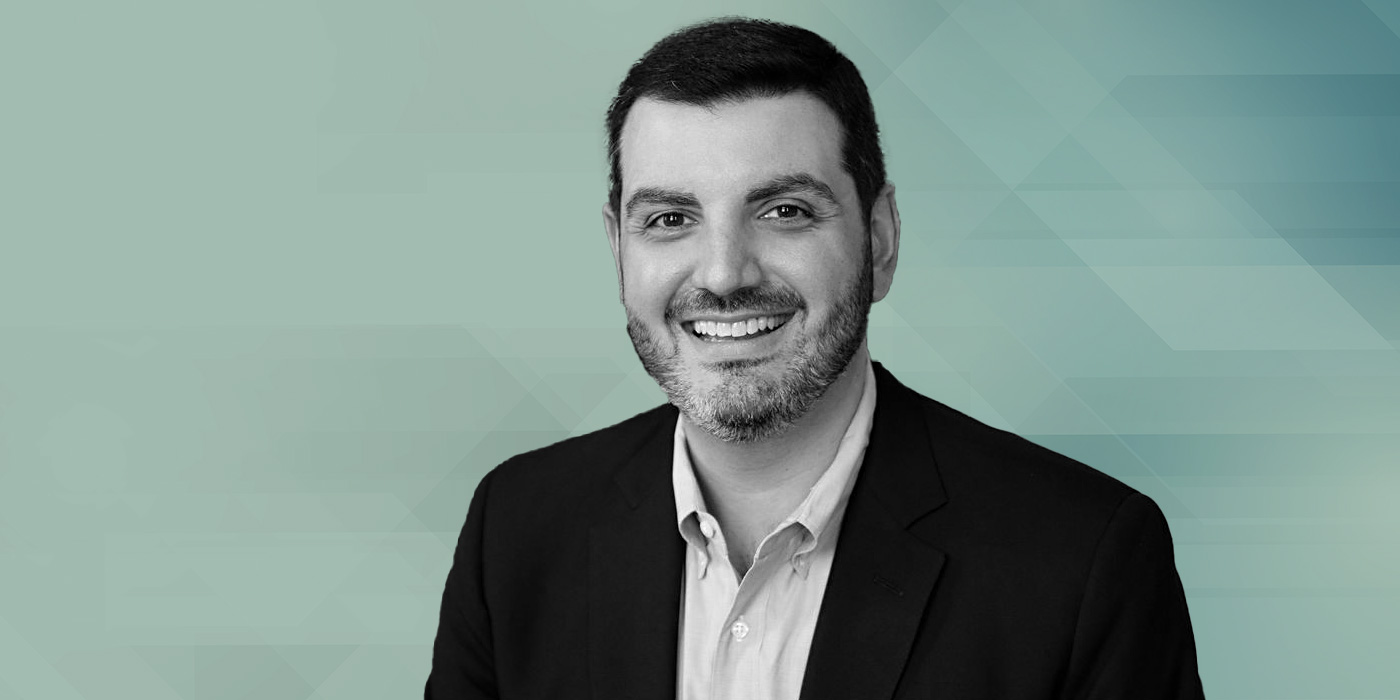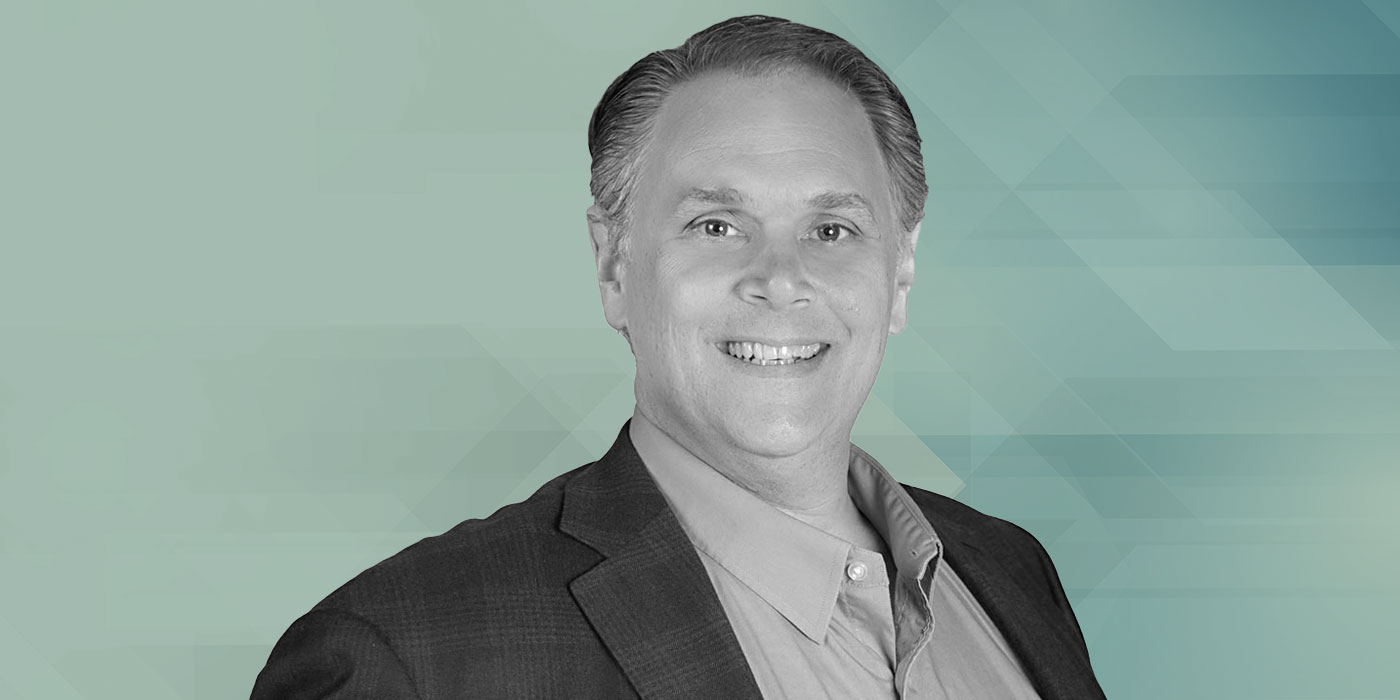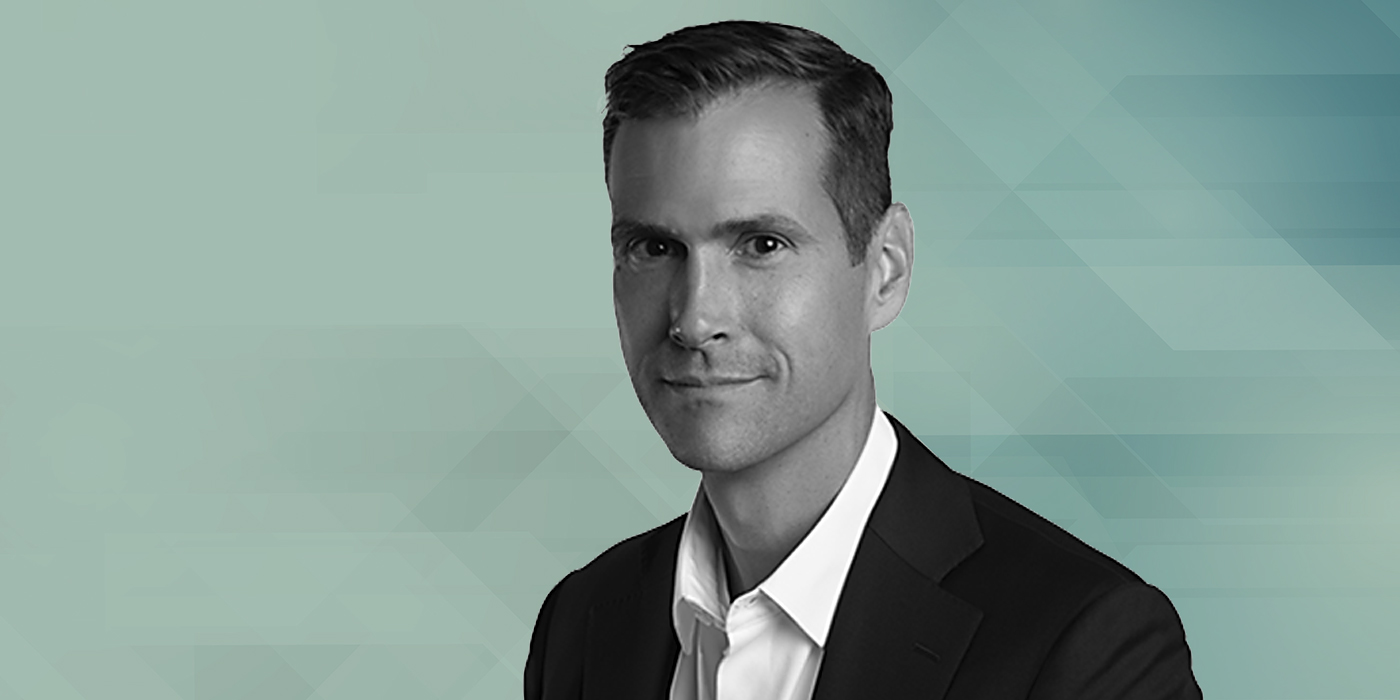Founded in 2004 and headquartered in Aliso Viejo, CA, OrthAlign is dedicated to improving surgical outcomes for patients undergoing knee and hip replacement surgeries through innovative medical device solutions.
OrthAlign’s technology provides real-time, precision guidance to orthopedic surgeons, enhancing the accuracy of joint replacement procedures. With over 300,000 patients served and the support of 30 peer-reviewed journals, OrthAlign continues to set the standard for precision in orthopedic care.
CRG’s investment in OrthAlign, completed in December 2023 through Fund V, supports the company’s mission to deliver better surgical outcomes and improve the quality of care for patients worldwide. Brian Englander of CRG recently sat down with Erik Timko, CEO of OrthAlign, to discuss his career and the advancements OrthAlign is making in the orthopedic surgery market.
DOWNLOAD THE FULL INTERVIEW >>>


